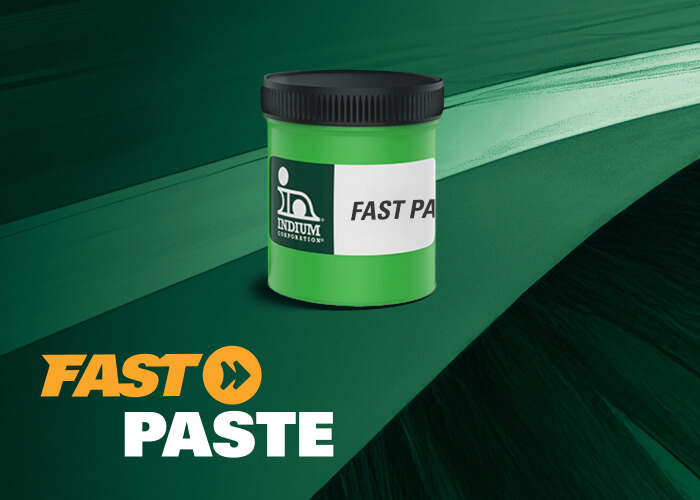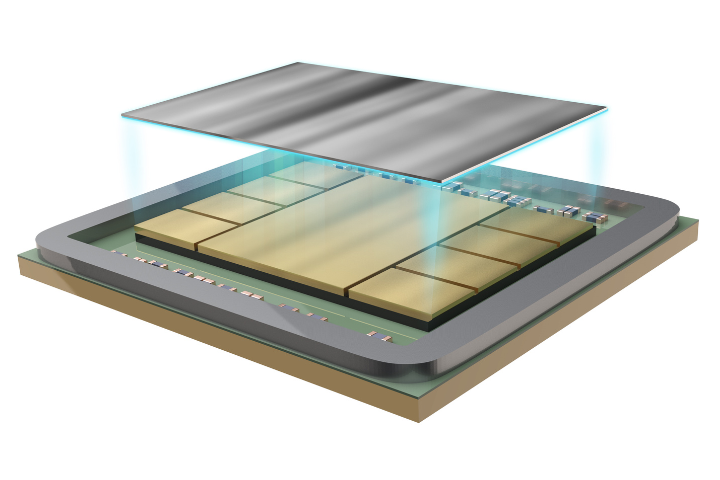The optimal solder reflow profile for a given assembly involves a peak reflow temperature that is 20-40ºC above the liquidus of the solder joint.This is not the peak temperature the oven should be set at, but the actual junction temperature at the solder location.The amount of energy required to heat an assembly to this temperature varies by product design.Some applications reflow their solder on a thin circuit board which absorbs minimal energy.The peak set temperature for this assembly will be near 20-40ºC above the liquidus of the solder joint.Other applications involve solder reflow onto a copper, aluminum, or stainless metal block.The metal block absorbs so much heat energy, that the peak input energy to reflow the same solder is significantly more.
The typical method to determine the input energy is to process the actual module to be soldered through an oven or other reflow equipment attached to a thermal profiler with thermocouples at the solder location.During this pre-processing, no solder is used.
A customer recently introduced me to another method for determining the input energy required to reflow a solder joint.They used differential scanning calorimetry (DSC).With this process, they inserted their entire module (solder and all) into DSC equipment.When a phase change was detected due to solder melting, a peak appeared, providing the applied temperature.This heat input can later be applied into a reflow profile used to process a high volume of samples.
I do not believe this tactic is as controlled as using a thermal profiler, however it provides another option for solder profiling for those of you with DSC capability.Please comment if you have tried this with success or failure. I'd love tohear from you.



